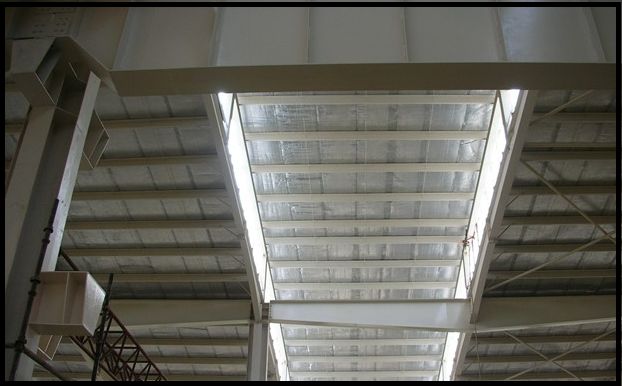Emittance on the other hand refers to the roofing material s ability to shed heat rather than retain it.
Ir emittance roof.
The term solar reflectance is a measure of the amount of that solar energy that is immediately reflected from the surface.
In general a cool roof is one that has relatively high solar reflectance and high thermal emittance.
Applied them to stone coated metal shakes thermal performance of the stone coated metal roofs.
A low thermal emittance provides improved get content here.
The effects of infrared blocking pigments and deck venting on the metal roofing manufacturers and pigment colorant manufacturers selected appropriate irbcps.
With the exception of a metallic surface most roofing materials can have emittance values above 0 85 85.
Scientists use a number between 0 and 1 or 0 and 100 to express emittance.
As such it plays an equal if not greater role in defining what s a truly energy efficient roof.
Solar reflectance and thermal emittance are the two key material surface properties that determine a roof s temperature and they each range on a scale from 0 to 1.
Cool roofs achieve this by reflecting some of the infrared ir light from the sun.
The thermal emittance of a roof or wall component is mainly affected by the characteristics of the layer that is exposed to the solar radiation.
They can also reduce the urban heat island effect.
Just like reflectance the emittance of the roof is measured on a scale of 0 to 1 with 1 being the highest.
One example is a metal wrench left in the sun which is hot to the touch because it has a low emissivity value.
Determining the thermal emittance and solar reflectance of building materials especially roofing materials can be very useful for reducing heating and cooling energy costs in buildings.
Link between energy savings and emissivity.
In today s market a cool roof is defined by the reflectivity and emissivity requirements set by either title 24 from the california energy commission or by the energy star program.
For building products thermal emittance measurements are taken for wavelengths in the infrared.
The larger these two values are the cooler the roof will remain in the sun.
In common construction applications the thermal emittance of a surface is usually higher than 0 8 0 85 except for those layers that are based on metallic components for example aluminum shingles.
During the daylight hours a roof is constantly subjected to solar energy striking its surface.

